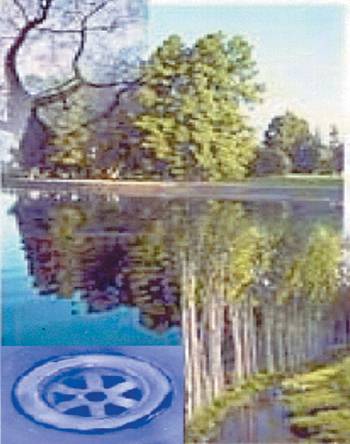| 2003 |

|
YEAR BOOK |
Athlone Institute of Technology
|
EDC trace analysis: what to look for, what not to miss!
|

Large towns and cities are known to contribute large amounts of polluting agents into aquatic systems as they release a variety of chemicals from industries, landfill and sewage effluent and sludges. Quantities of EDCs may be present in these wastes, leading to contamination of surface and ground water. Different techniques exist for extracting target contaminants from environmental matrices, and the methods used in this study utilise solid phase extraction (SPE) and solid phase microextraction (SPME) with subsequent chromatographic analysis by high performance liquid chromatography (HPLC). The overall objective of the study is to quantify trace levels of oestrogenic chemicals in selected Irish waterways and at the various stages of sewage treatment, and to develop sample preparation techniques as efficient methods for enrichment, which use little or no solvent. Selective partitioning is used to isolate analytes from the matrix, thereby helping to clean-up a sample before chromatographic analysis. The analytes in the sample bind non-covalently to the sorbent, whilst the impurities flush through. The analytes are subsequently eluted using an appropriate eluent. Samples are passed through long chain or medium chain sorbents for entrapment and clarification.
Another technique under examination is SPME. This may represent an improvement compared to SPE, as it is a rapid, solventless technique, relying on equilibrium partitioning and direct removal to the analytical system. Strategic sampling locations within the vicinity of landfill or sewage treatment plants (STPs) were chosen in the Midlands region to carry out extensive analysis for the presence of EDCs in leachate and effluent.
Contact: Antoinette Reid; E-mail: [email protected] ;
James Roche; E-mail: [email protected] ;
School of Science, Athlone Institute of Technology, Dublin Road, Athlone, Co. Westmeath; Tel: 353 (0)902 24400.